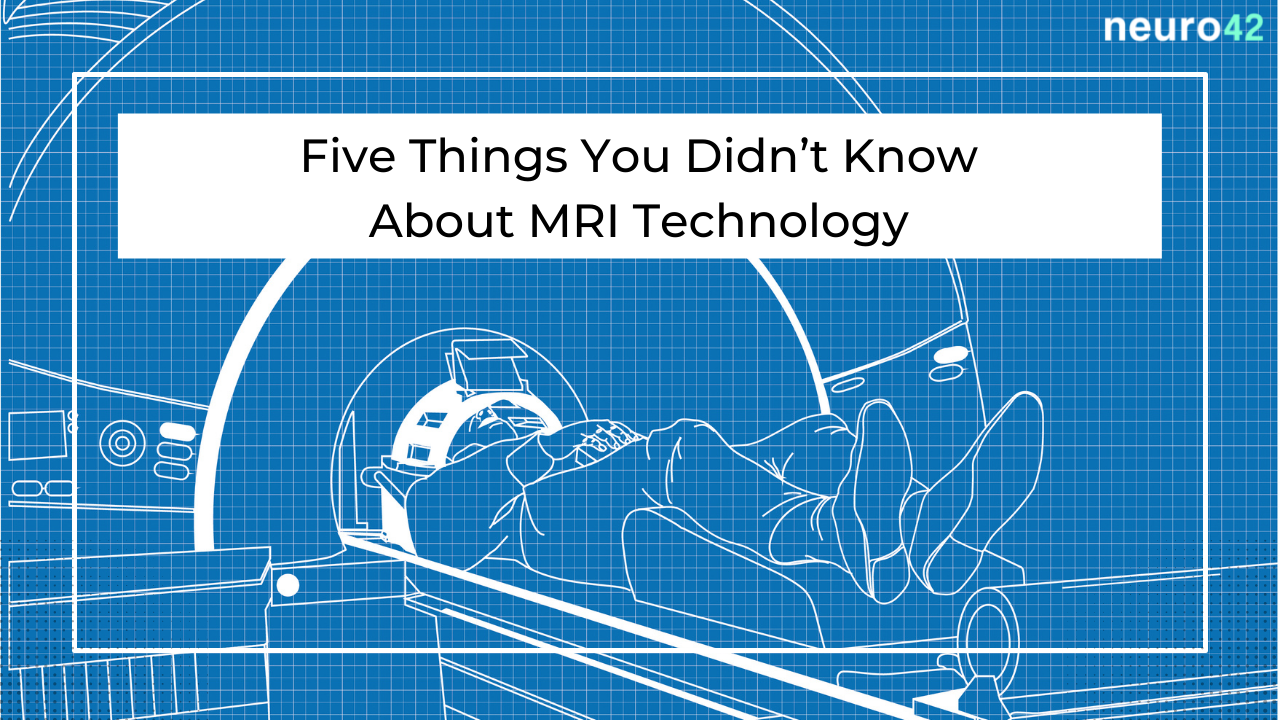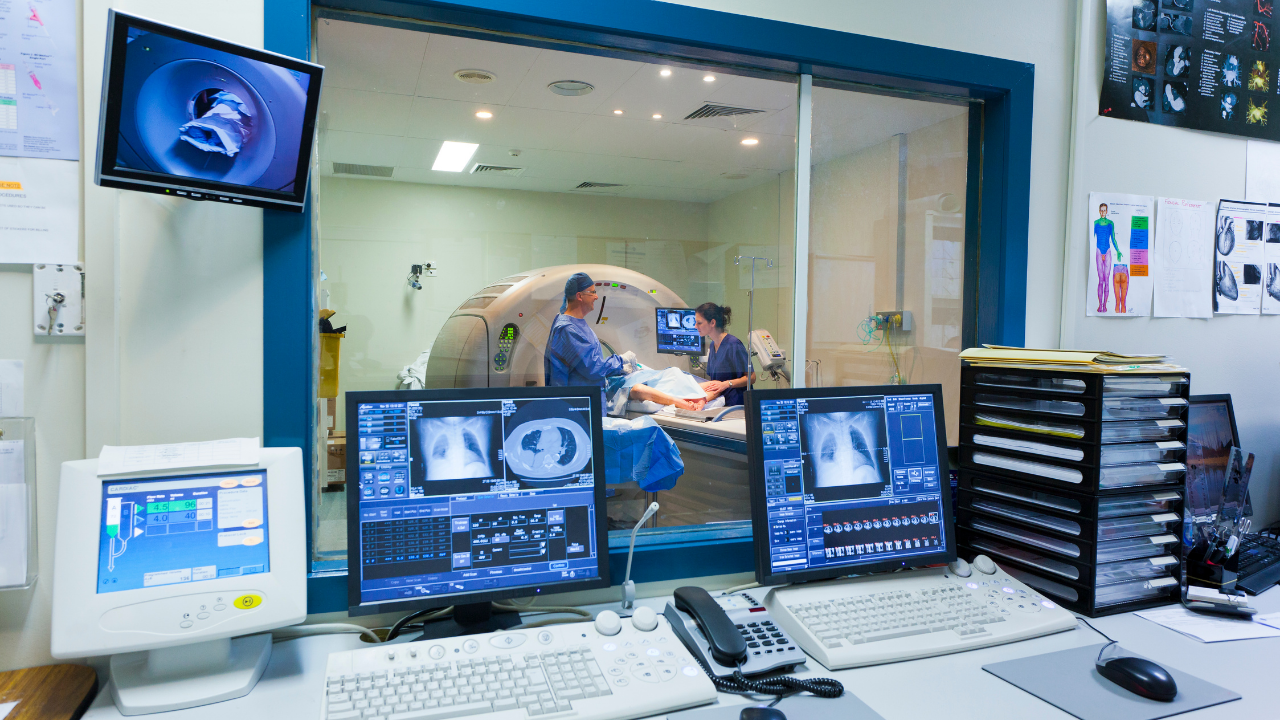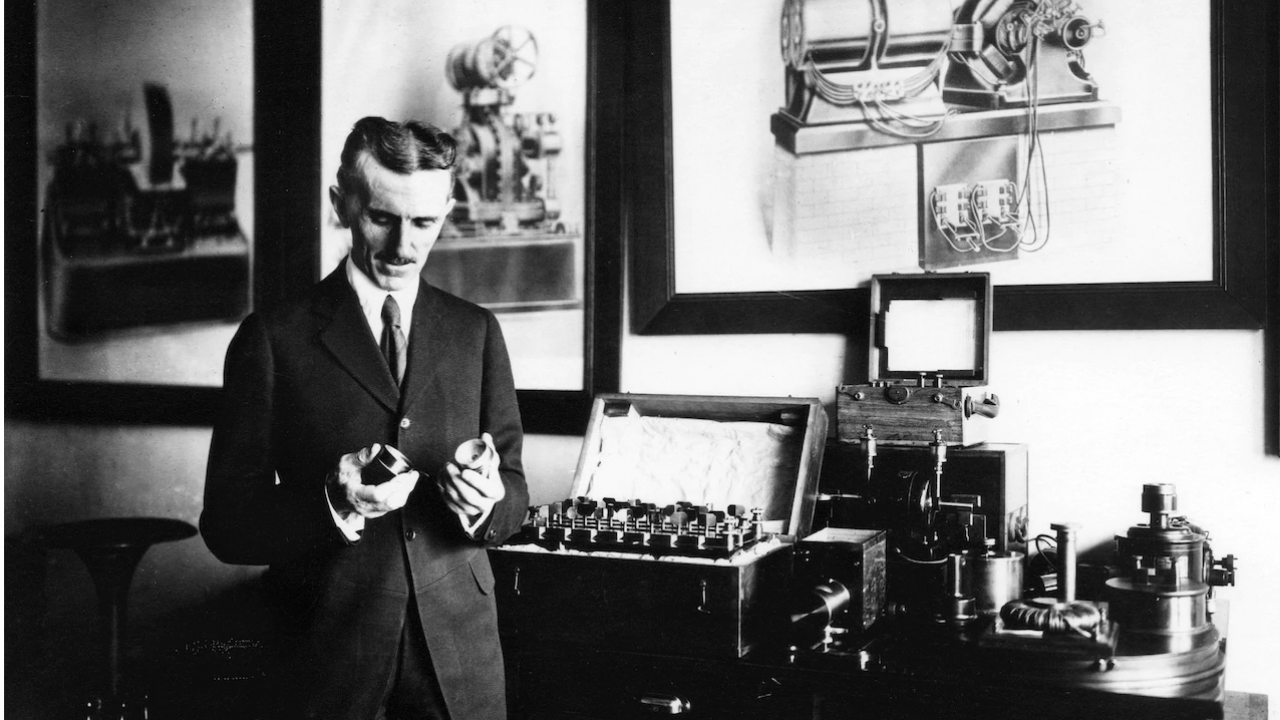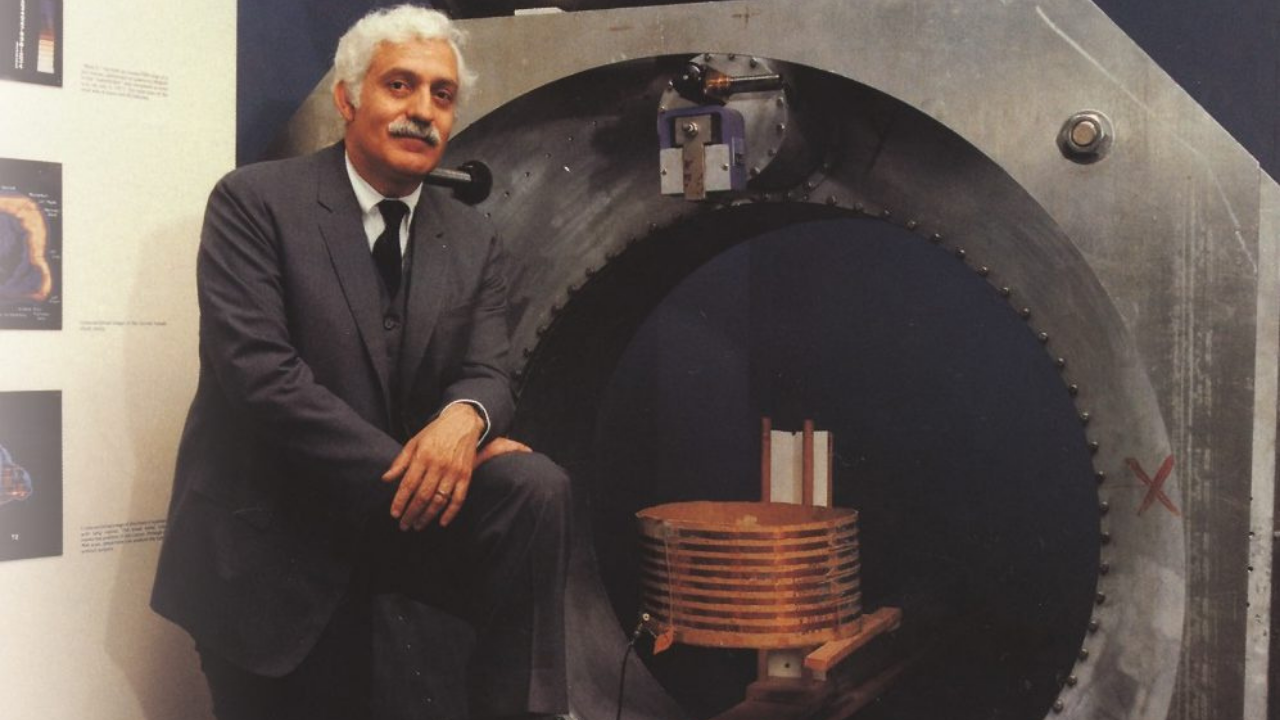Five Things You Didn’t Know About MRI Technology

Most of us have undergone an MRI scan at some point in our lives for one reason or another. MRI has become ingrained in the health care process, with practitioners using the powerful diagnostic tool to gain visibility inside the body. Studies show that there are about 40 MRI machines for every one million Americans. That number is second in the world, behind only Japan, which boasts a whopping 55 machines per one million residents.
Largely because of how pervasive MRI use is today, the fact that the technology has only been commercially available since the 1980s comes as a surprise to a lot of people. Another exciting aspect of MRI that those outside the imaging industry may not realize is that the technology continues to evolve. Today, we’re looking closer at the evolution of MRI imaging with five things you didn’t know about MRI technology.

It all goes back to Tesla
If you’re doing the math in your head, you probably realize that Nikola Tesla did not actually invent MRI technology. The famed inventor and engineer died nearly four decades before MRI machines began hitting hospital room floors, but Tesla did play an instrumental part in the evolution of MRI technology. Tesla was one of the two scientists to discover the rotating magnetic field, a monumental innovation in physics and the basis on which the MRI machine was built. In fact, Tesla’s contributions to the cause were so mighty that scientists would ultimately name the strength of the magnetic field used by MRI machines after him.

MRI wasn’t the technology’s original name
In addition to Tesla, there are a great number of scientists and physicists who were instrumental in the creation of MRI—or as it was once known, nuclear magnetic resonance. In the 1930s, while studying the way electrons’ and atoms’ nuclei responded to magnetism, physicist I.I. Rabi was able to determine the nuclear spin and associated magnetic moment of sodium. That groundbreaking discovery became known as nuclear magnetic resonance. Decades later, when interest in using the technology for medical applications spiked, the name was changed because it was believed “nuclear” would have a negative connotation with patients.
The technology first produced images in the 1970
A trio of innovators is to thank for the images we now see after undergoing an MRI. On the heels of Dr. Raymond Damadian’s hypothesis that magnetic resonance could be used to differentiate cancerous cells from non-cancerous cells, scientist Paul Lauterbur sought out a way for living tissue to be imaged (unlike the dead tissue that Dr. Damadian has used). Lauterbur’s efforts involved imaging two test tubes filled with water using magnetic resonance, which produced the first image of its kind. Shortly after, Sir Peter Mansfield took it a step further by adding a magnetic field gradient so that scientists could see the structure of a chemical. Mansfield would go on to become the first person to successfully scan a human body part with the technology.

Dr. Damadian brought MRI to the masses
With the race to see who could best utilize the technology for health care, Dr. Damadian created the world’s first whole-body human scanner in 1977. That system, named “Indomitable,” has been publicly displayed in the Smithsonian and the National Inventors Hall of Fame (which inducted Dr. Damadian in 1989). In 1978, Dr. Damadian founded FONAR Corporation, and the company produced the first commercially available MRI machine just two years later.
Portable MRI is the future, and the future is no
There’s no question that an MRI machine’s sheer size and weight are vast. It takes up considerable space in a hospital or imaging facility, and patients must travel to that location for a scan. But what if instead of a patient having to go to it, it could come to the patient? Technology supporting portable MRI is now a reality, and companies like neuro42 are working to bring it to commercial use. Our focus is on head and brain imaging for the purpose of triaging, screening, diagnosing and intervening in the treatment of a variety of conditions. We feel strongly that portable MRI technology can create a point-of-care shift, especially for patients with brain injuries and those who have experienced a stroke.
Interested in learning more about the team advancing futuristic technologies for neurological conditions? Check out our About Us.

